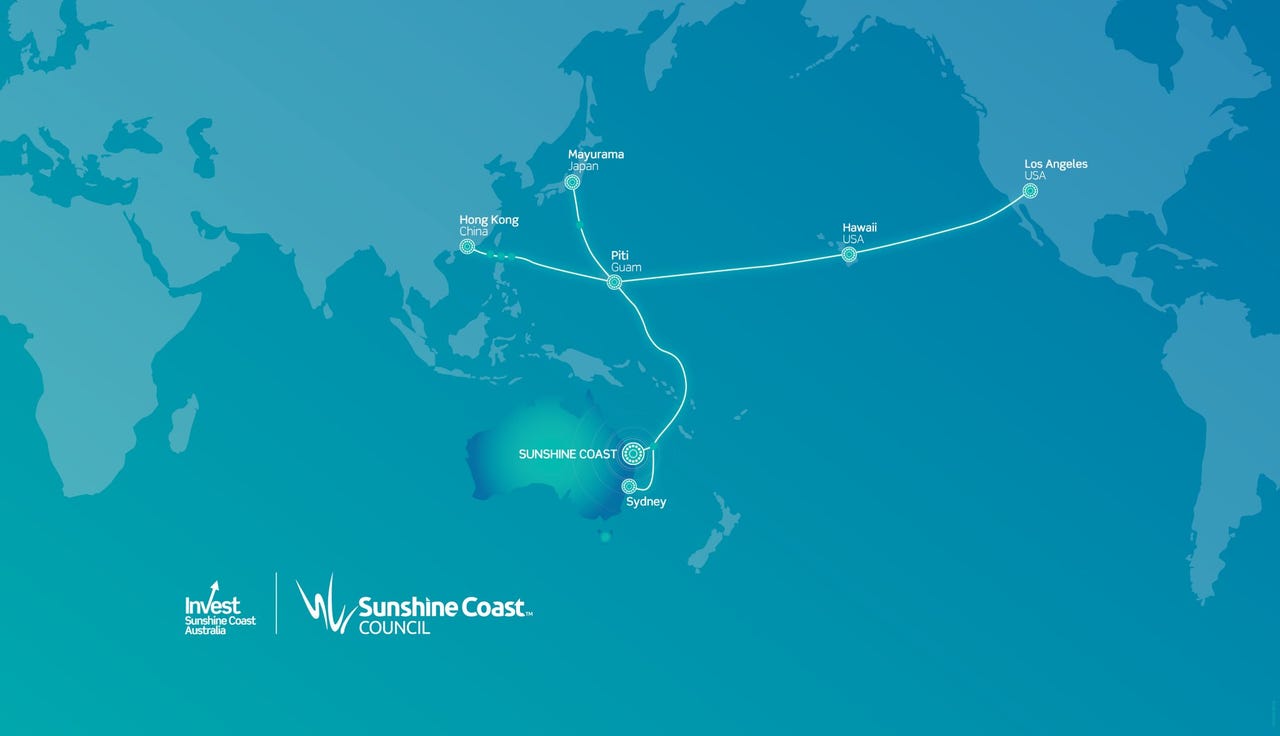Labor commits to kicking in AU$5m for Sunshine Coast JGA cable landing


Should a Shorten government come to power in Australia this year, the Labor party will commit to spending AU$5 million on the 550km Japan-Guam-Australia (JGA) cable extension landing at Maroochydore, situated around 100km north of Brisbane.
The opposition party reiterated the numbers produced when the extension was announced in September, and how it would contribute to 864 new jobs and AU$927 million in new investment for Queensland.
The Sunshine Coast Council will fork out AU$35 million for the extension, while the state government will kick in AU$15 million.
Pointing to former Prime Minister Malcolm Turnbull's support for the extension, Labor called on current Prime Minister Scott Morrison to support it.
In November, Sunshine Coast Council announced Vertiv would build the AU$6.6 million cable landing station
The 9,500km JGA cable is being developed in two parts, with AARNet, Google, and RCI Connectivity handling the southern part from Australia to Guam, with RCI being the sole developer of the northern part between Japan and Guam. The cable is being built by NEC and Alcatel Submarine Networks, and is due to be completed by the first half of 2020.
Meanwhile, Telstra has said it has begun deploying Infinera's Infinite Capacity Engine 4 on its Asia Pacific subsea cables. Australia's incumbent telco said the move will increase its fibre capacity by 160 percent, port density by 140 percent, and reduce power consumption.
The deployment will be completed "in the coming months", Telstra said.
Last week, the telco launched its rapid restoration service for subsea cable outages on three of its intra-Asia routes, which could see times reduced to minutes.
Telstra is using Ericsson equipment with Ciena's GeoMesh Extreme to boost the virtualisation and automation of its subsea cable network.
"The Asian region presents one of the most challenging environments for subsea cable systems. Busy and shallow shipping ports in Hong Kong and Singapore, high-levels of fishing activity and an ecosystem prone to natural disasters, all threaten to disrupt or damage underwater infrastructure," Telstra's Head of Connectivity and Platforms Nadya Melic said.
"Damage to a subsea cable can take weeks or even months to fix. But with our new continuous connection service, we are able to reroute customers impacted by potential damage to another subsea cable path on our three path network in less than 30 minutes."
Melic added the under half-hour period was "almost seamless restoration".
Subsea cables across the globe
- Vocus' Australia-Singapore Cable (ASC)
- Vocus' North West Cable System (NWCS) between Darwin and Port Hedland, and the new Tiwi Islands spur being added
- The Australian government's Coral Sea subsea cable, being constructed by Vocus to connect Australia, Papua New Guinea, and Solomon Islands and funded through the foreign aid budget
- Google's Dunant transatlantic subsea cable between Virginia Beach in the United States to the French Atlantic coast
- The Indian government's Chennai-Andaman and Nicobar islands subsea cable, being built by NEC
- Southern Cross Cables' NEXT subsea cable system between Australia, New Zealand, and the United States, being built by SubPartners
- The Trident subsea cable system connecting Perth with Singapore via Indonesia
- The Jupiter subsea cable connecting the US, Japan, and the Philippines and being built by a consortium including Facebook, Amazon, SoftBank, NTT Com, PLDT, and PCCW
- The Hawaiki subsea cable between Australia, New Zealand, and the US
- Superloop's Hong Kong cable
- Telstra's Hong Kong Americas (HKA) cable between Hong Kong and the US
- Telstra's Pacific Light Cable Network (PLCN) between Hong Kong and the US
- Google's Japan-Guam-Australia (JGA) cable system
- The Asia-Pacific Gateway (APG) subsea cable connecting China, Hong Kong, Japan, South Korea, Malaysia, Taiwan, Thailand, Vietnam, and Singapore, owned by a consortium including China Telecom, China Unicom, China Mobile, NTT Communications, KT Corporation, LG Uplus, StarHub, Chunghwa Telecom, CAT, Global Transit Communications, Viettel, and VNPT, and being constructed by NEC
- The Southeast Asia Japan 2 cable (SJC2), which will have 11 landing stations in Singapore, Thailand, Cambodia, Vietnam, Hong Kong, China, South Korea, Taiwan, and Japan, being built by NEC and funded by a consortium including China Mobile International, Chunghwa Telecom, Chuan Wei, Facebook, KDDI, Singtel, SK Broadband, and VNPT
- The Bay to Bay Express Cable System (BtoBE), connecting Singapore and Hong Kong with the US, being funded by consortium including Facebook, Amazon Web Services (AWS), and China Mobile International, and being built by NEC